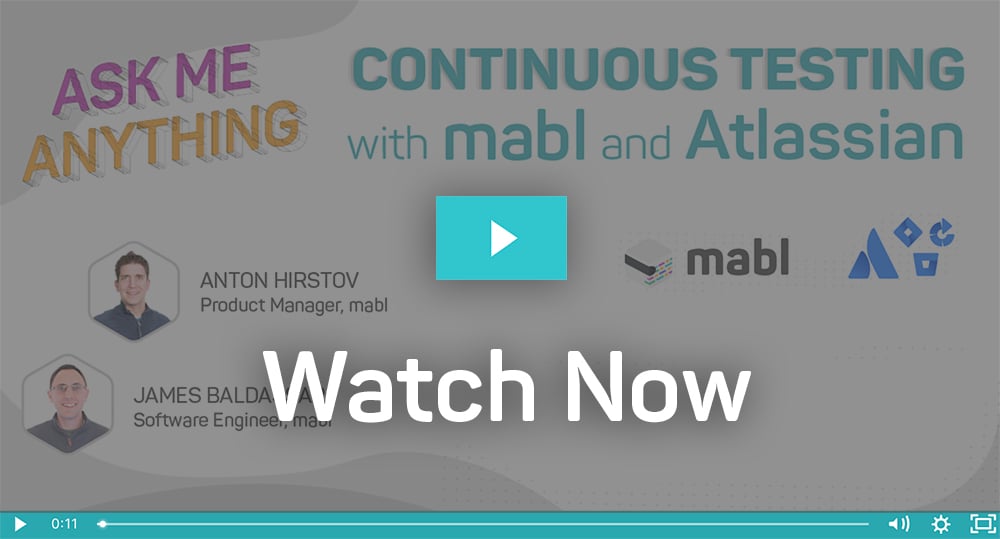We once had only the simple, paper fold-out map to navigate long car trips. Then we moved onto Maps.com, where our route could be mapped out for us. Next, Google Maps came along which let us customize your trip - avoid highways, tolls, or traffic. And now we’re approaching the age where self-driving cars are in reach, able to make on-the-fly decisions for avoiding obstacles and mapping flexible routes to the destination. What did we accomplish with each iteration of navigation?
Crucial decisions were automated.
Our world is filled with automation where we’re endlessly seeking ways to eliminate “toil” - work that tends to be manual, repetitive, automatable, tactical, devoid of enduring value, and that scales linearly as a service grows.
One topic we’ve been talking a lot about this week is CI/CD and its impact on software development teams. In this era of rapid development, teams are using tools like Jira, Bamboo, Bitbucket Pipelines and of course, mabl to help enable their teams to continuously deliver software.
In many ways, we’re still in the Google Maps era of shipping software. There are still many manual processes involved with advancing code through development pipelines. Quality issues are still being tracked down and logged manually. Determining whether or not to promote a build is still manual at times, especially when it comes to last-minute manual testing. As teams drive to optimize their pipelines, we dare to ask the question: what if our pipelines were more intelligent?
Build with Intelligent Pipelines using mabl and Bitbucket
Intelligent CI/CD workflows can automatically make informed decisions (such as promoting or demoting a build) based on individual test output - decisions that once could only be done manually. This intelligent pipeline automates decisions based on data, instead of solely relying on your development team to manually evaluate that test data.
Integrating automated testing into your development workflow earlier helps your team:
- Repair bugs and test failures in a fraction of the time it would otherwise
- Reduce the cost of repairing bugs and test failures late in the dev lifecycle
- Avoid the burden of accumulated changes
You may have seen the exciting news yesterday, Atlassian announced Code insights in BitBucket Pipelines, which will be available for Bitbucket customers in April-May of 2020. We are proud to have been included in the announcement for our native integration that alerts developers to potential issues before they’re released into production, and allows our joint users to create an intelligent pipeline - the self-driving car of CI/CD.
Currently, you can set up Bitbucket to require that mabl tests pass before a PR can be merged. Its new Code insights feature will help you assemble an intelligent pipeline by allowing you to run end-to-end tests as part of your PR (pull requests) and commit checks within Bitbucket Pipelines. Test result data is incorporated directly back into the workflow, enabling faster, more efficient pipeline management.
Insights into test results are quickly piped to where you need them - directly inside the PR. This enables your team to receive feedback earlier in the development process to ensure code changes don’t introduce issues.
Want to hear about Intelligent Pipelines and more tips for integrating mabl into Jira, Bitbucket, and Bamboo? Come learn more at our Ask Me Anything session with the engineers that built the integration. Watch here:







